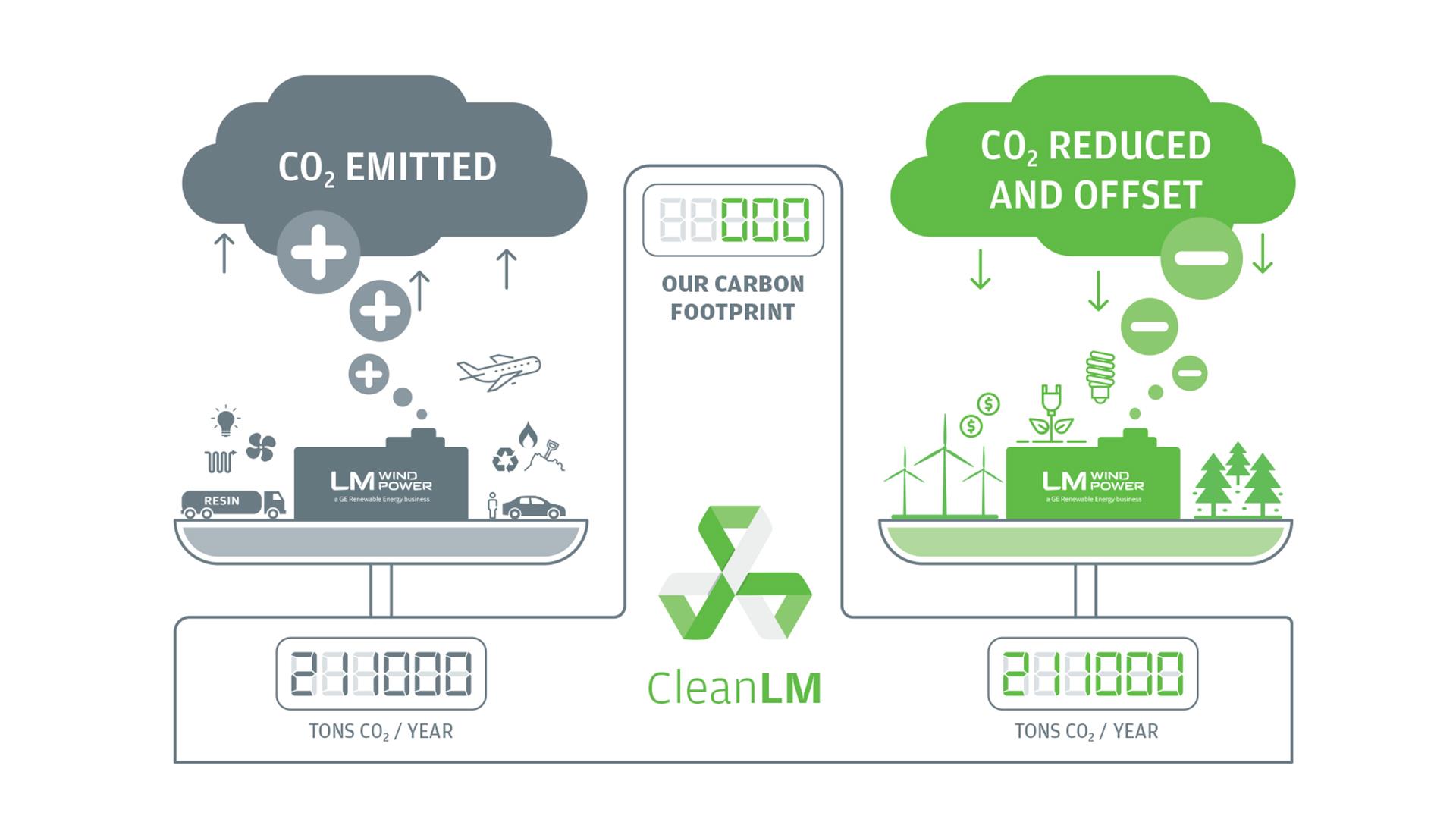The aviation sector is facing increasing pressure to clean up its act when it comes to climate change, but gas-guzzling airplanes aren’t the only culprits. As airports expand, so too does their carbon footprint, with more energy required to power new terminals, ground transport vehicles, and the creation of infrastructure. Building capacity for additional aircraft can also create a backlash amongst environmentalists – see, for example, the frenzy over a potential third runway at the UK’s Heathrow Airport.
Many airports across the world have therefore adopted greener elements into their designs and operation strategies, as well as subscribed to eco-friendly initiatives. The Airport Carbon Accreditation programme, run by Airports Council International (ACI), is helping more than 200 airports to manage their emissions, with the ultimate goal of carbon neutrality. In this article, we will find out India’s most environmentally friendly airports and find out what elements of their design help them offset carbon emissions.
Airport Council International (ACI) has developed a simple tool to calculate Green House Gas (GHG) emission at and around the airport. Any airport regardless of size or in house expertise can use this at no cost with only readily available operational data to calculate GHG. Airport Emissions are divided according to ownership and control of the source:
- Scope 1– emissions owned or controlled by the airport operator
- Scope 2-emissions from the off-site generation of electricity and/or heating/cooling purchased by the airport operator
- Scope 3 – emissions owned or controlled by airport tenants and other stakeholders working at or around the airport
The Airport Carbon Accreditation programme provides a unique common framework and tool for active carbon management at airports with measurable results. It covers the operational activities that contribute most to carbon emissions. It is site-specific and can be used at any airport as part of its daily environmental management activity and long term strategy as it helps to guide and support airport environmental management through a process of continual improvement and partnership with its airport stakeholders. Carbon mapping occurs when the airport has a policy commitment to emissions reduction and development of a Carbon Footprint for the airport’s scope-1 and scope-2 emissions, which are under its control. Carbon reduction occurs when the airport shows a reduction in carbon emissions as compared to the base year. Four types of accreditation are provided starting from “Mapping, Reduction, Optimisation, and Neutrality”. Beginning in 2009, the programme has made steady progress. The table below shows the comparative study of the number of airports accredited with respect to region and India.
| Category | No of Airports World Wide | No of Airports in Asia Pacific Region | No of Airports in India |
| Mapping | 98 | 7 | Nil |
| Reduction | 95 | 20 | 4 (Kolkata, Bhubaneshwar, Varanasi, Trivandrum) |
| Optimisation | 57 | 23 | Nil |
| Neutrality | 63 | 7 | 4 (Bangalore, Delhi, Hyderabad, Mumbai) |
In India, there are:
- 486 total airports, airstrips, flying schools and military bases available in the country
- 123 airports with scheduled commercial flights including some with dual civilian and army use
- 34 international airports.
While a commendable effort has been made by four public-private partnership airports that have achieved carbon neutrality the same can not be said about airports solely operated by the Airport Authority of India (AAI). The Airport Authority of India should take it as a social responsibility and also as part of “Clean India, Green India’ mission to have at least 30% of its airports in the Airport Carbon Accreditation programme in the next 2-3 years and reduce carbon footprint and energy consumption.
Environmental and sustainability projects implemented may include:
- energy conservation initiatives, clean energy projects and circular economic initiatives to encourage all stakeholders of the airport to engage and contribute to good practice
- strictly monitoring electricity and water consumption in the airport
- an integrated waste management system, targeted at zero landfill waste
Be safe.
Image courtesy: https://lmwindpower.com



